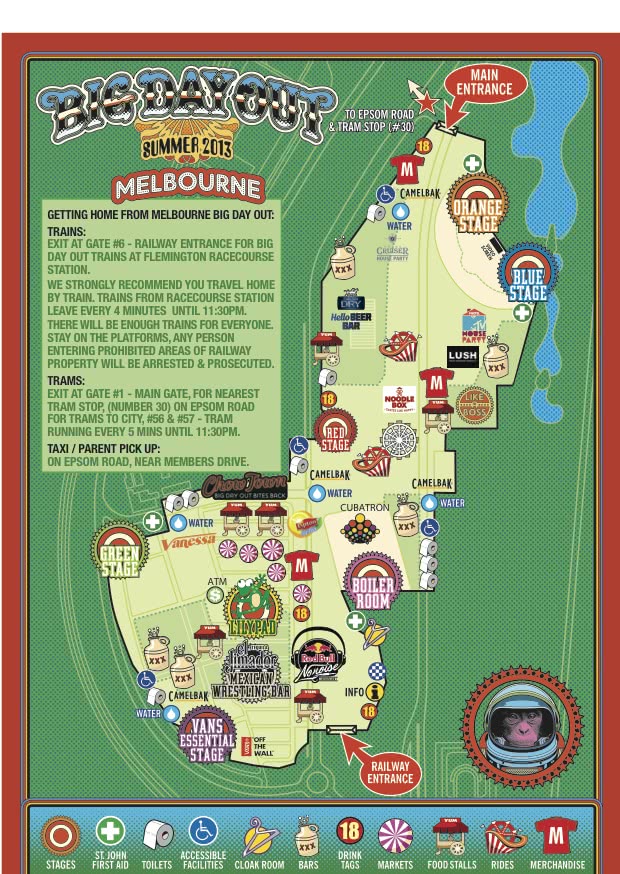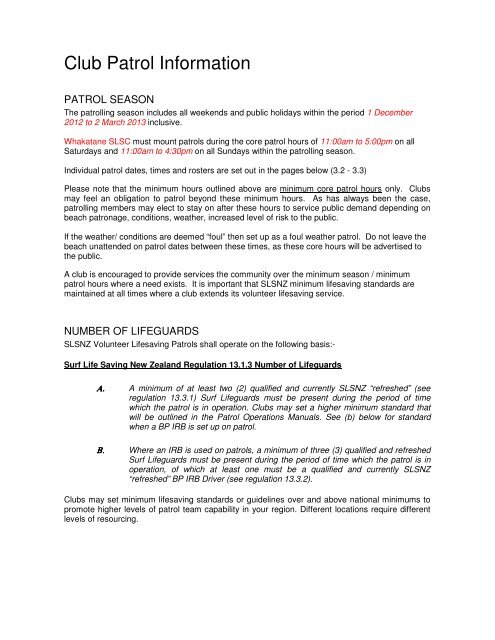Moon Calculator – Find times for moonrise, moonset and more. Moon Phase Calendar – Calculate moon phases for any year. Day and Night World Map – See which parts of the Earth are currently illuminated by the Sun. Astronomy API Services; Related Time Zone Tools. Personal World Clock; Meeting Planner – The best times for your meeting. Complete 2013 Program Year Open Payments Dataset. A complete set of all data from the 2013 Program Year, which includes data reported about payments made from August 1 through December 31, 2013. Download Complete 2013 Program Year Dataset.
Additionally, you can specify an alarm time. When this time is reached, an event is triggered, allowing you to hook events to specific -times. Creating an Alarm Clock. To use the Alarm feature, set the AlarmTime property. When the time is reached, an OnAlarm event is triggered. Write the code in this Event Procedure to perform the desired action. Office 2013 include applications such as Word, Excel, PowerPoint, and Outlook. They’re available as a one-time purchase for use on a single PC. Microsoft 365 plans include premium versions of these applications plus other services that are enabled over the Internet, including online storage with OneDrive and Skype minutes for home use.
- Visual Studio 2013, including any update
- Team Foundation Server 2013, including any update
Download 2013 Set Times Today
If you need previous versions of the power tools, you can go to the 2012 version on VS Gallery, or to the download center for version prior to 2012.
Compatibility
The TFS Power tools consists of a few tools that can only be run on the server (such as the Best Practices Analyzer), but the majority are exposed through the Visual Studio IDE.
To run the server power tools you need to install the power tools on the TFS Application Tier, and the server of the Power Tools need to match the version of your TFS server.
On the client however you need to match the version of the TFS Power Tools with your Visual Studio client. If you have VS 2013 installed, you need to install the TFS 2013 power tools. Regardless of which version of TFS you are targeting. To clarify, here are some examples:
VS 2013 connecting to TFS 2013: Install TFS 2013 Power tools
VS 2013 connecting to TFS 2012 or TFS 2010: Install TFS 2013 Power Tools
VS 2012 connecting to TFS 2013: Install TFS 2012 Power Tools (since the power tools need to match the VS version)
For the full details on compatibility see the MSDN article 'TFS 2013 Compatibility and Dependencies'
Prerequisites

Best Practices Analyzer

- Verify that the deployment for Team Foundation Server is configured according to recommended best practices
- Identify the source of problems in an unhealthy deployment
- Take a snapshot of the configuration of a deployment
- Obtain usage data about the volume of data stored or accessed in the past 14 days. Includes specific information about database tables that have a tendency to grow and that may need to be reduced in size.
Check-in policies
Download 2013 Set Times Set
A Visual Studio add-in, located under the Team | Team Project Settings | Source Control menu. It adds the following checkin policies:
| Policy | Description |
|---|---|
| Custom Path Policy | This policy scopes other policies to specific folders or file types |
| Forbidden Patterns Policy | This policy prevents users from checking in files with fobidden filename patterns |
| Work Item Query Policy | This policy allows you to specify a work item query whose results will be the only legal work items for a check-in to be associated with |

Process Template Editor
Download 2013 Set Times Calendar
Storyboard Shapes
Team Explorer Enhancements
Team Foundation Power Tool Command Line (tfpt.exe)
| Command | Description |
|---|---|
| addprojectportal | Add or move portal for an existing team project |
| addprojectreports | Add or overwrite reports for an existing team project |
| annotate | Display line-by-line change information for a file |
| bind | Convert VSS-bound solutions into TFS-bound solutions |
| branches | Convert, reparent, list, and update branches |
| builddefinition | Clone, Diff or Dump build definitions |
| buildprocesstemplate | Manage build process templates |
| connections | Modifies Team Explorer client connection settings |
| createteamproject | Create a team project |
| getcs | Get only the changes in a particular changeset |
| online | Pend adds, edits, deletes to writable files |
| query | Query for work items |
| review | Review (diff/view) workspace changes |
| scorch | Ensure source control and the local disk are identical |
| searchcs | Search for changesets matching specific criteria |
| treeclean | Delete files and folders not under version control |
| unshelve | Unshelve into workspace with pending changes |
| uu | Undo changes to unchanged files in the workspace |
| workitem | Create, update, or view work items |
Test Attachment Cleaner
- Determining which set of diagnostic captures is taking up how much space AND
- Reclaiming the space for runs which are no longer relevant from business perspective.
Windows PowerShell Cmdlets

Windows Shell Extensions
Work Item Templates
